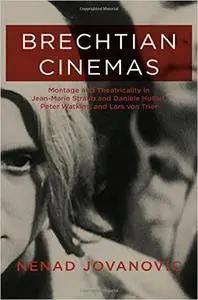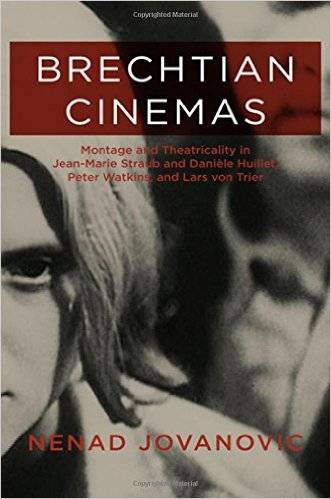Nenad Jovanovic, "Brechtian Cinemas: Montage and Theatricality in Jean-Marie Straub and Daniele Huillet, Peter Watkins, and Lars Von Trier"
2017 | ISBN-10: 1438463634 | 224 pages | PDF | 11 MB
2017 | ISBN-10: 1438463634 | 224 pages | PDF | 11 MB
In Brechtian Cinemas, Nenad Jovanovic uses examples from select major filmmakers to delineate the variety of ways in which Bertolt Brecht's concept of epic/dialectic theatre has been adopted and deployed in international cinema. Jovanovic critically engages Brecht's ideas and their most influential interpretations in film studies, from apparatus theory in the 1970s to the presently dominant cognitivist approach. He then examines a broad body of films, including Brecht's own Mysteries of a Hairdressing Salon (1923) and Kuhle Wampe (1932), Jean-Marie Straub and Daniele Huillet's History Lessons (1972), Peter Watkins's La Commune (2000), and Lars von Trier's Nymphomaniac (2013). Jovanovic argues that the role of montage–a principal source of artistic estrangement (Verfremdung) in earlier Brechtian films–has diminished as a result of the technique's conventionalization by today's Hollywood and related industries. Operating as primary agents of Verfremdung in contemporary films inspired by Brecht's view of the world and the arts, Jovanovic claims, are conventions borrowed from the main medium of his expression, theatre. Drawing upon a vast number of sources and disciplines that include cultural, film, literature, and theatre studies, Brechtian Cinemas demonstrates a continued and broad relevance of Brecht for the practice and understanding of cinema.



